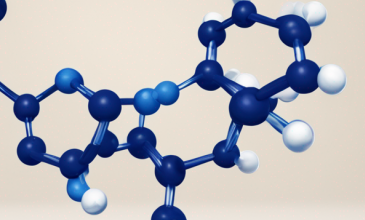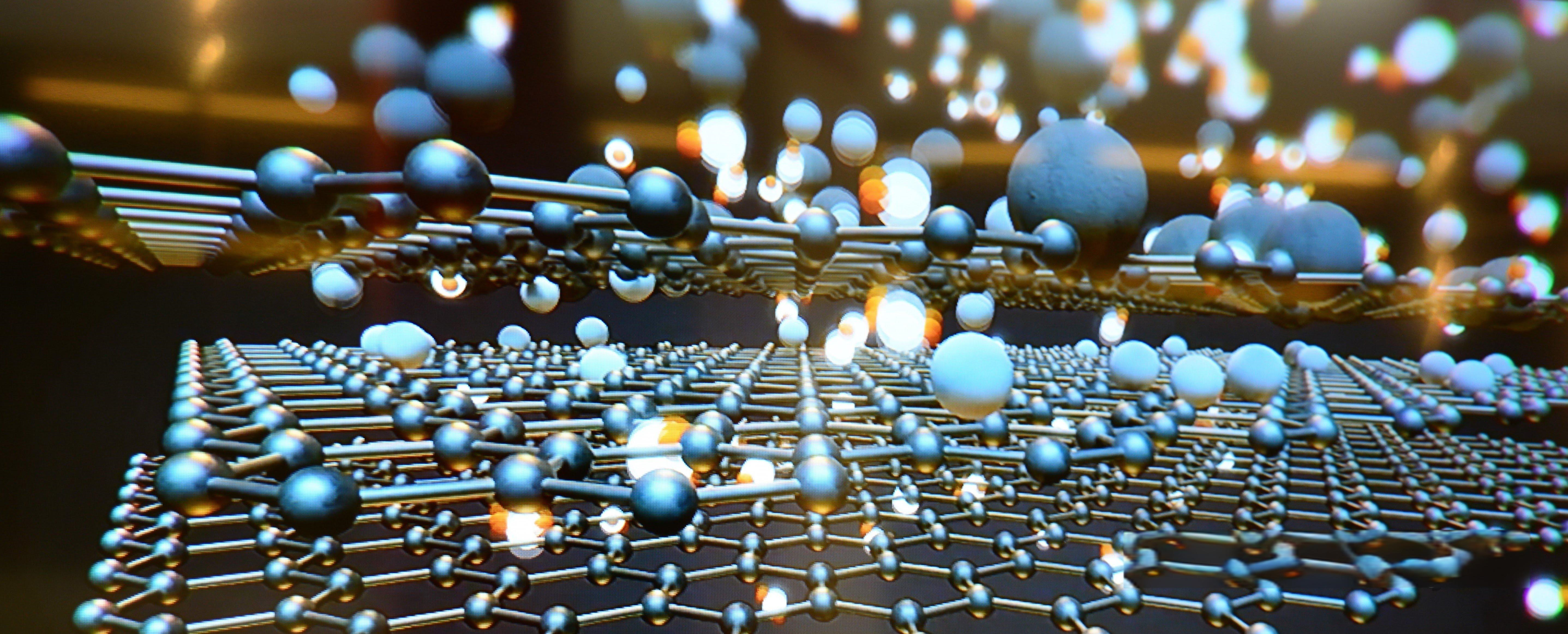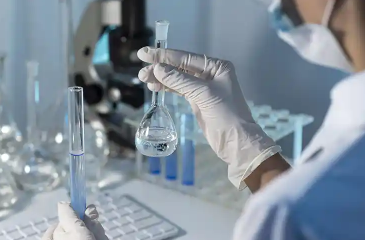Dipicolinic Acid as Intermediate for the Synthesis
Dipicolinic Acid (DPA), an organic compound identified by the formula C7H5NO4, is a vital intermediate in organic synthesis. This colorless, water-soluble solid powder, distributed globally by UniVOOK Chemical, is distinguished by its exceptionally high purity, low heavy metal content, and minimal impurity levels. Trusted by the top three international companies in the food, animal nutrition, and feed additive industries, DPA plays a crucial role in various chemical reactions, underscoring its significance in producing complex organic molecules.

Synthesis of Dipicolinic Acid
Background Information on the Synthesis Pathways
Dipicolinic Acid (DPA) is synthesized primarily through two pathways: the oxidation of 2,6-xylidine and the cyclocondensation of picolinic acid derivatives. These methods have evolved to optimize yield and purity, adhering to rigorous industry standards.
Detailed Steps Involved in the Synthesis
1. Starting Materials
The synthesis of DPA typically starts with 2,6-xylidine or picolinic acid. These initial compounds are widely available and provide a reliable foundation for subsequent reactions.
2. Reaction Conditions
The synthesis process requires precise control over conditions such as temperature, pH, and catalyst use. For instance, the oxidation method necessitates maintaining temperatures between 100-150°C and using a metal oxide catalyst.
3. Mechanisms Involved
The oxidation of 2,6-xylidine to DPA includes complex reactions like radical formation and rearrangement. Cyclocondensation involves nucleophilic substitution and cyclization steps.
4. Yield Optimization Techniques
Enhancing DPA yield involves refining catalysts, tweaking reaction durations, and implementing advanced purification techniques, such as recrystallization or chromatography, to efficiently eliminate impurities.

Applications of Dipicolinic Acid
DPA’s unique properties make it valuable across multiple fields.
Coordination Chemistry
In coordination chemistry, DPA is employed to create complex metal compounds, which are analyzed for their catalytic properties and potential material science applications.
Pharmaceutical Industry
DPA acts as an intermediate in synthesizing complex molecules and is integrated into pharmaceutical formulations to stabilize or boost the effectiveness of active ingredients.
Material Science
DPA contributes to the development of new materials, notably in manufacturing polymers with improved thermal and mechanical properties.
As an Inhibitor
DPA serves as a competitive inhibitor of glucose dehydrogenase, blocking glucose binding and aiding diabetes research. It also inhibits other enzymes, providing valuable insights into enzymatic functions and potential therapeutic targets.
Feed Industry
In the feed industry, DPA is used as a nutritional additive to enhance feed efficiency and promote healthier growth in livestock by supporting vital metabolic pathways.
Dipicolinic Acid as an Intermediate
Unlocking the Potential of Dipicolinic Acid
Dipicolinic Acid (DPA), or Pyridine-2,6-dicarboxylic acid, is a pivotal intermediate in pharmaceutical synthesis with a broad spectrum of applications. Naturally found in bacterial spores, its low natural concentration and the difficulty of extraction necessitate synthetic production for industrial use.
The Evolution of Dipicolinic Acid Production
The first successful synthesis was reported in 1935 by Professors Alvin W. Singer and S.M. McElvain at the University of Wisconsin, who achieved a 64% yield using potassium permanganate to oxidize 2,6-dimethylpyridine. Today, UniVOOK enhances this process by oxidizing 2,6-lutidine, achieving yields up to 98% and delivering products with 99.0-99.5% purity through a specialized purification process.
Role of DPA in Various Synthesis Reactions
DPA is crucial for synthesizing a variety of pyridine derivatives, essential for creating complex chemical compounds used across several industries, particularly in pharmaceuticals and materials science.
Examples of Reactions Where DPA Serves as an Intermediate
- Formation of Metal Complexes: DPA is extensively used to form chelating agents with metals, which are integral in catalysts and metal recovery processes.
- Synthesis of Pharmaceutical Compounds: It plays a significant role in constructing complex molecules that are the basis for many drugs and therapeutic agents.
- Production of Coordination Polymers: DPA is involved in the creation of coordination polymers, known for their applications in catalysis, gas storage, and separation technologies.
This wide array of uses underscores DPA’ importance as a versatile and essential component in the synthesis of advanced materials and pharmaceutical products.
Challenges and Future Perspectives
Limitations in the Synthesis of DPA
The synthesis of picolinic acid (DPA) continues to face significant challenges. Including the need for high-purity raw materials and the environmental impact of their production processes. These challenges necessitate ongoing improvements in synthesis methods to meet industrial and environmental standards.
Emerging Research Areas Utilizing DPA as an Intermediate
The scope of research involving DPA is broadening, particularly towards the adoption of eco-friendlier synthesis methods. Additionally, DPA’s potential is being explored in the development of biodegradable materials and advanced polymers, which could lead to new applications in various industries.
Potential Advancements and Innovations in DPA Synthesis Techniques
Looking ahead, the focus in DPA synthesis is expected to shift towards increasing the process’s efficiency and sustainability. Potential innovations might involve the integration of biocatalysts, which could revolutionize the synthesis landscape by offering more environmentally benign alternatives. Furthermore, improvements in catalyst design and techniques to reduce byproducts and waste are anticipated, enhancing the eco-efficiency of DPA production processes.
Final Words
Dipicolinic Acid (DPA) stands as a cornerstone intermediate in the synthesis of a vast array of chemical products, particularly in the pharmaceutical and materials science industries. Its role extends from the formation of complex metal complexes to the creation of cutting-edge pharmaceuticals and coordination polymers. Despite the challenges in its synthesis, such as the requirement for high-purity raw materials and the environmental impacts of its production processes, ongoing research and technological advancements promise to overcome these hurdles. Emerging eco-friendly synthesis methods and the exploration of DPA’s utility in innovative materials highlight the evolving nature of its applications. As research continues to unlock new potentials and improve existing processes, DPA is set to remain a vital player in the advancement of chemical synthesis, demonstrating its enduring relevance and adaptability in science and industry.
Access Our Product Catalog and More to Discover High-Performance Chemicals Tailored to Your Business Needs





